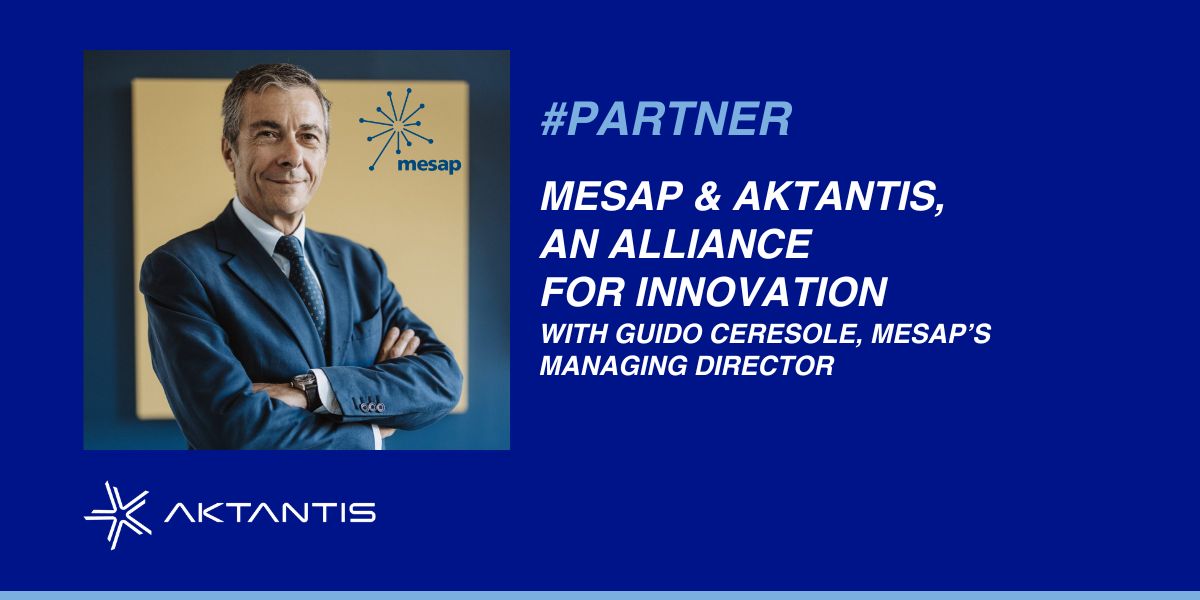Guido Cersole serves as Head of the Technology, Research and Innovation Office at the Unione Industriali Torino, as well as Coordinator of the MESAP Innovation Cluster. He helds a Master’s degree in Mechanical Engineering from Politecnico di Torino and an Executive MBA from HEC Paris. Over 35 years of senior management experience in international business development, he has worked with global leaders in robotics, industrial automation, and packaging machinery.
COULD YOU DESCRIBE MESAP ?
Mesap is the Innovation Cluster for Smart Products and Manufacturing of the Piedmont Region, Italy. The Cluster has over 220 members and our mission is to promote competitiveness and sustainable innovation by connecting industry and research through key enabling technologies. We focus on areas such as advanced manufacturing, mechatronics, embedded systems, AI, and digital transformation.
Our ecosystem includes SMEs (80%), large companies, research institutions, universities, and public stakeholders. We support our members through collaborative R&D projects, funding access, internationalization, and technology foresight initiatives.
HOW IS MESAP HELPING TO STRENGHEN THE COMPETITIVENESS AND INNOVATION OF PIEDMONT REGION COMPANIES ON THE EUROPEAN AND INTERNATIONAL STAGE ?
Mesap acts as a strategic connector, enabling local companies to access European programs, build international partnerships, and scale their innovations. We provide tailored support for participation in e.g. Horizon Europe, EIT initiatives, and inter-cluster collaborations.
By promoting cross-border projects and facilitating technology scouting and matchmaking, we help companies stay at the forefront of innovation and improve their global competitiveness.
WHY DID AKTANTIS AND MESAP COME TOGETHER ? WHY IS IT ESSENTIAL TO BUILD THIS TYPE OF COLLABORATION ?
Mesap and AKTANTIS share a strong commitment to innovation and regional development through knowledge-based collaboration. Our partnership was born out of a mutual desire to connect ecosystems across borders and increase the impact of R&D and innovation.
These collaborations are essential to pool resources, share best practices, and jointly develop solutions that address common challenges, especially in a rapidly changing industrial landscape.
WHAT ACTIONS HAVE WE SHARED ?
We worked together in several European projects with cascading funds for SMEs (IoT4Industry, Silicon Eurocluster and DREAM) and developed joint initiatives to promote transnational cooperation between clusters and companies. We are both members of the Silicon Europe Alliance, an alliance of European cluster on semiconductors and microelectronics. We’ve also collaborated on the identification of complementary expertise and opportunities for technological exchange between our respective ecosystems.
WHAT ARE THE NEXT STEPS OF OUR COLLABORATION ?
We see great potential in deepening our collaboration, especially around strategic areas such as digital and green transition, smart manufacturing, and resilience of industrial value chains.
Future joint initiatives could include co-organized innovation missions, joint calls for projects, and shared access to innovation infrastructures. We also aim to create more structured opportunities for SMEs to collaborate across borders.
A LAST WORD ?
Just to say that partnerships like this are key to building a more integrated and competitive European innovation ecosystem. We’re proud of the work done so far and excited about what lies ahead. We believe this collaboration can be a model for how clusters can work together to drive real impact for their regions.
